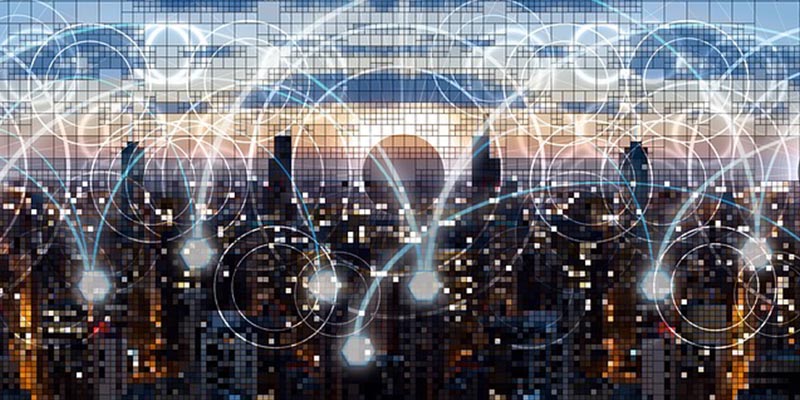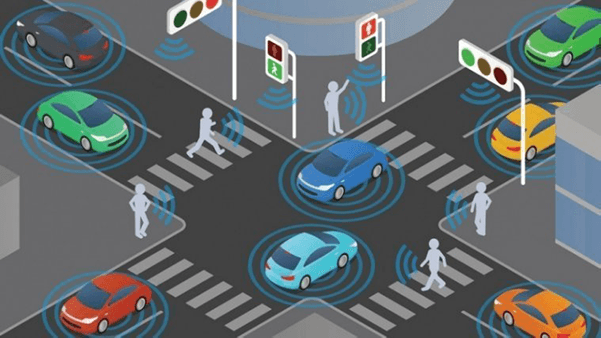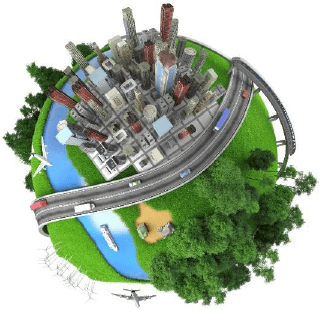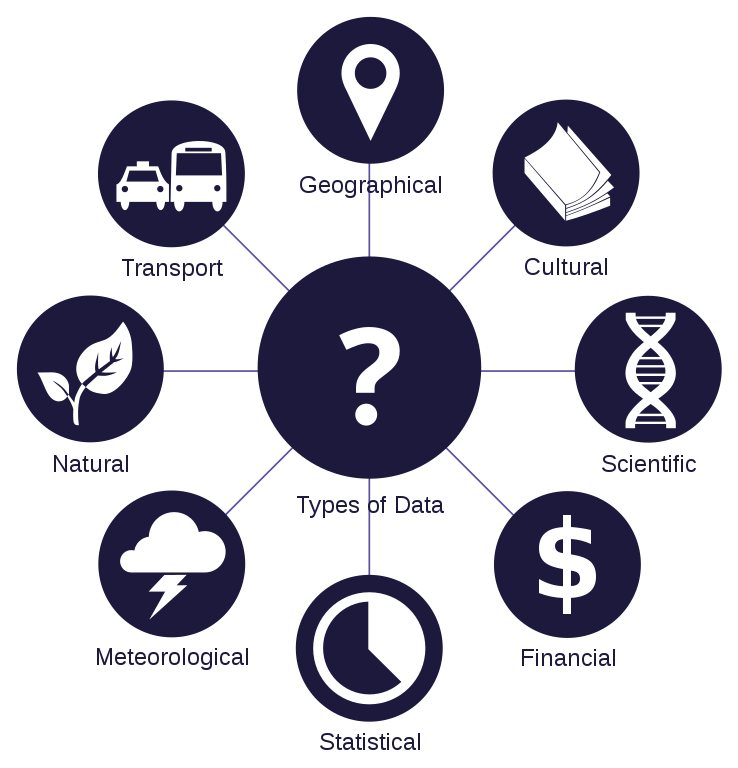
“Smart cities,” as futuristic as the name sounds, aren’t all about flying cars, holographic displays, and robotic sidewalk cleaners. They’re more mundane than that: improving traffic flows, reducing energy waste, shaving a few minutes off emergency response times, and lowering rent and transportation costs. Those are just a few of the priorities driving the modern idea of a smart city. It’s not very sci-fi, but that’s exactly what makes them exciting: they’re achievable, practical, and already being built.

While a smart city might have some bells and whistles you can directly interact with, like touchscreen stations around the downtown, the real engine driving them forward is an ocean of data. Smart cities have three basic components: vast sensor networks to collect information, analytics tools to process that information, and the means to act on that information in real time. It’s not about analyzing traffic patterns over several weeks and building a bypass; it’s about identifying traffic issues as they arise and finding ways to reroute that traffic before it gets bad. Since most of the world is projected to be moving into cities over the next several decades, even small optimizations can make a big difference.
Improve traffic flows

Traffic is a big problem in urban areas. It’s not just that it slows down your commute – it pollutes the environment, hinders emergency services, and can really hit productivity. Smart cities around the world are looking at ways to handle this issue, including:
- Smart parking: Locations like Barcelona, San Francisco, Singapore, Berlin, and others are using sensors and apps to monitor parking space availability in real time. Since one study found that up to 30% of traffic congestion is caused by people looking for parking, this could really help clear up the roads.
- Intelligent traffic management: Ever wish the traffic light could adjust itself based on changing traffic conditions? In London and San Antonio they do: they’re wired into sensor networks that feed them traffic data and update them in real time. Incorporating this data into digital road signage and app interfaces could also help push traffic towards alternative routes when main arteries get clogged.
- Optimizing for public transit: Most traffic comes from cars, which are a fairly space-inefficient way to move people around. Better public transportation systems aren’t just about building more trains and buying more buses: it’s about designing routes intelligently and giving people the information they need to use the systems. Smart cities now feature up-to-date public transit apps, data-based bus routes, new microtransit options, and even predictive maintenance to improve system reliability. European cities like Oslo, Madrid, and Hamburg are leading the charge to get cars out of the city altogether, and Chengdu (China) is building a satellite city that it hopes will have all destinations reachable by transit in fifteen minutes or less.
Improve the environment

Though estimates vary, it’s typically projected that around 60-70% of the world’s population will be living in cities by the year 2050. That’s at least four to five billion people. An unfortunate side effect of providing energy, water, and essential services to dense populations tends to be a lot of air and water pollution. Some of the issues smart cities are addressing here include:
- Minimizing water waste using sensors to detect leaks and maintenance issues.
- Minimizing energy usage by automatically dimming lights when no one is around, as cities like Amsterdam and Kansas City are doing. Lighting alone accounts for 19% of the world’s energy usage, so this could help quite a bit.
- Monitoring air quality, not only to give citizens warnings that they should take safety measures, but also to track down and minimize the sources. Beijing’s program has already been effective in reducing pollution significantly.
- Automated buildings that can monitor and intelligently manage the temperature and lighting in individual rooms and areas to minimize waste — much like you can do at home with a smart thermostat.
Keep us healthier and safer

Cities are ultimately places for people, and as such, they should be optimized for our quality of life. Smart cities are aimed at finding ways to keep us healthier and safer using everything from medical data to predicting restaurant health code violations.
- Reducing traffic is already a major win for health and safety: fewer cars means less pollution, faster emergency response times, and fewer accidents. Barcelona has even implemented a system where traffic lights automatically detect ambulances responding to emergencies and give them the green light as they approach in order to help them reach their destination faster.
- Networked health and environmental data can be analyzed and used to identify potential health issues in certain areas and among certain demographics in the city, allowing preventive interventions before a health crisis even starts. Chicago, for example, is using analytics data to identify restaurants with a higher risk of food safety violations and flagging them for health inspection. It is also using data to predict where trash is most likely to pile up and attract rats.
- Smart hospitals could monitor a patients’ health in real time and recognize when they’re in need of some preventive care.
- Crime data, gunshot detection, intelligent traffic management, and even sensor-equipped streetlights can all be used to lower crime rates across cities and make law enforcement more efficient (though an emphasis on civil rights and privacy will need to be emphasized here).
- Sensors embedded in critical infrastructure, like bridges and buildings, can alert us to maintenance needs and ensure that things don’t fail catastrophically.
Other quality-of-life improvements

- Social connectedness and civic participation: the Internet has tended to be a disintermediating force in some ways, pushing people towards online interactions instead of face-to-face. Networked neighborhoods and governments, though, could promote closer physical communities.
- Lower cost of living: Housing costs are rising rapidly in many of the world’s largest cities, mostly due to housing shortages. Smart cities can help alleviate this issue through smarter, more efficient land distribution, permitting, and construction techniques, possibly even expanding the attractive zones of the city through better public transportation options, which can also minimize car and fuel costs.
Smart cities are coming
There’s no shortage of projects already in the works around the world: Europe, Asia, and North America all have multiple cities committed to going smart, and it’s getting easier and cheaper to install and network huge numbers of sensors around urban areas. There are obviously some issues to deal with, especially concerning citizen privacy and data handling, but the positive impacts of a smart city on efficiency, health, the environment, and general quality of life are significant enough to push the ideas forward. If you’re hoping for a cyberpunk aesthetic, it’s probably not coming in the near future, but if the idea of largely-invisible networks contributing to a better-run environment appeals to you, you’re going to love where smart cities are going.
Image credits: Future Connected City: 2086, Data Types
Get the best of IoT Tech Trends delivered right to your inbox!







